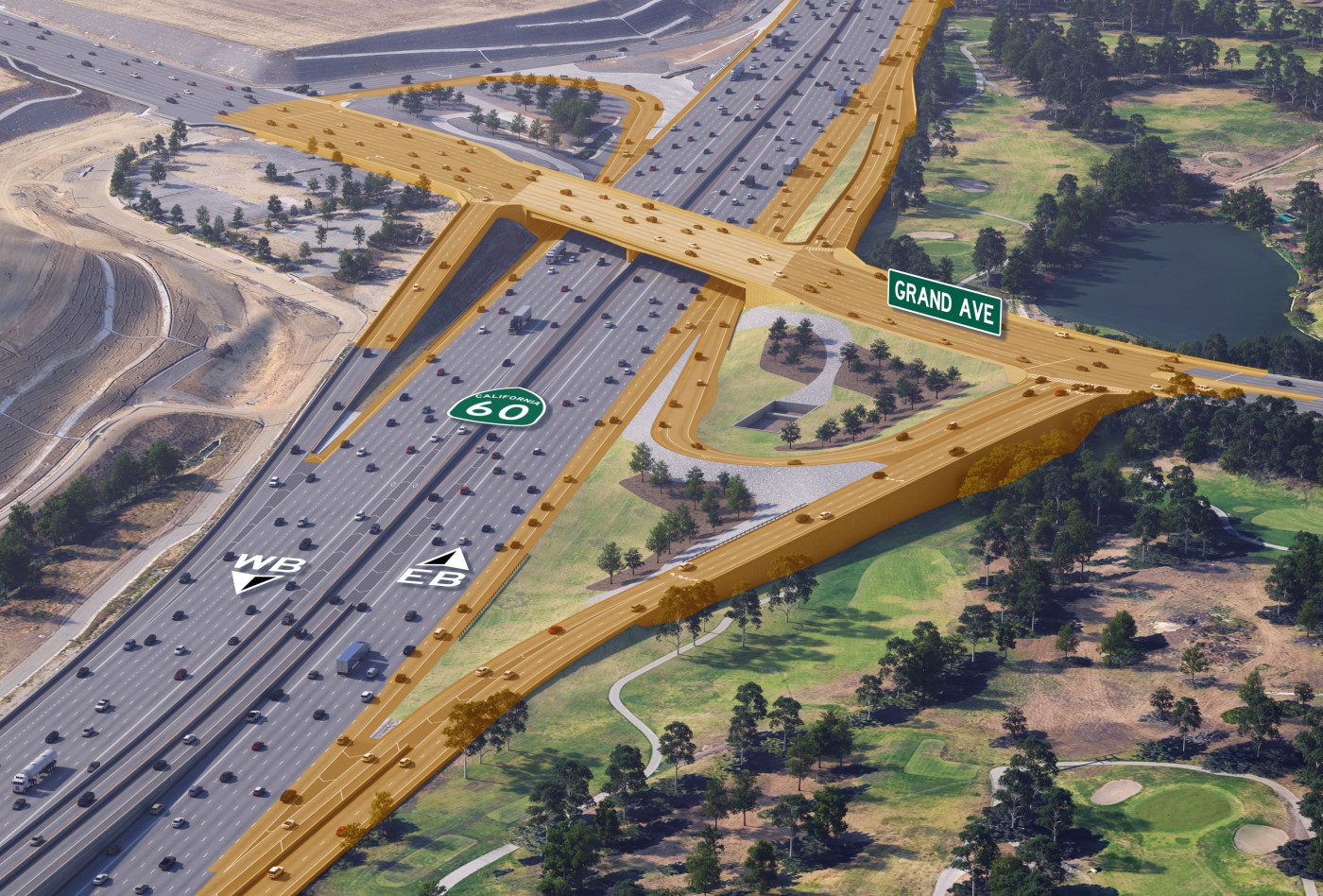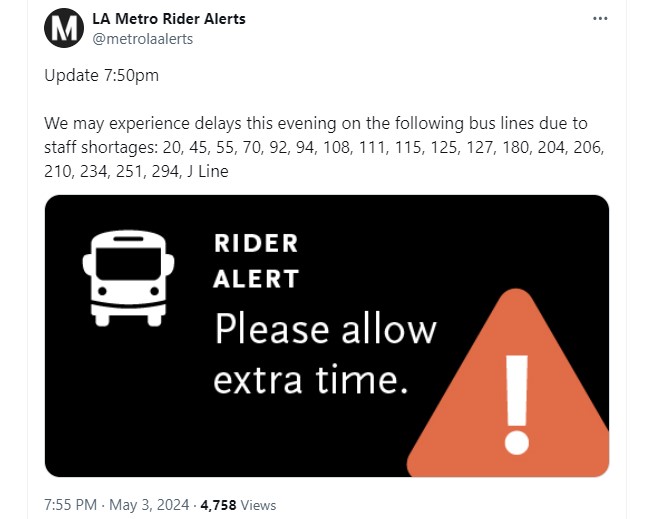
CALTRANS Needs to Figure Out if 101-405 Project Still Makes Sense
Fewer people are driving these days. With gas prices continuing to rise with no end in site, fewer people are choosing to drive fewer miles on our roads and highways. That less people are taking to the roads has had no impact on Southern California’s rush to build and expand our highway system. From the press release announcing the passage of Metro’s FY 09 Annual Budget:
The budget earmarks $634 million or 18.8 percent for highway and other regional transportation programs such as construction of freeway carpool lanes, freeway sound walls, street widening, better traffic signal coordination, grade separations at railroad crossings, bikeways, ride-sharing incentives, shuttles, and other transportation programs. Funding also is included for the Metro Freeway Service Patrol to help stranded motorists.
Around the country, transportation advocates are noticing that with automobile VMT falling, many of the projections upon which road widening projects are based are faulty. The assumption that traffic volume will continue to grow has been proven unsound. So why doesn’t that mean anything for the speed with which we continue to pour concrete?
To make matters worse for road widening advocates, the cost of doing these projects is going up. Part of the reason for the cost increase is due to the cost of buying land, but another is because so many of the things needed to widen a road are made with petroleum.
Even if we concede that there is an inherent value in increasing road capacity, which I surely do not, increasing highway capacity is costing more money than ever before even as the amount of cars on highways is decreasing.
We’ll have a chance to see if CALTRANS is paying attention to this trend. The agency will decide whether or not to build a new connector between the 101 and the 405 by the end of the month. The estimated cost of the project is $117 million to say nothing of the environmental impact the project will have.
Of course, we all know that the $117 million is a low estimate.
Photo:Gentlemen of Sophistication and Refinement/Flickr





